TELL US SOME CULTURES AND THEIR CULTURAL PRACTICES AND THE MOTIVE BEHIND THEM (GHANA)
Hello steemit family,
Is another beautiful contest released by silencewan and I'm here to share with you guys how my cultures and their cultural practices and the motives behind them in the steemit-ghana community.
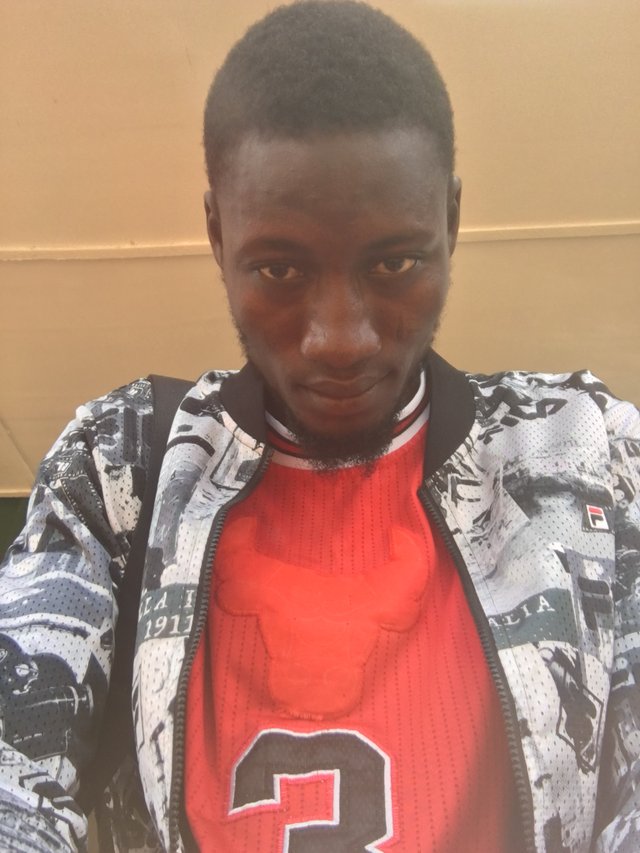
Ghana is one of the West African countries which boast of rich traditions and cultures. Most tribes in the country view time as a sequence of events instead of minutes and hours. The country is made up of several ethnic groups, and each group has its traditions. Mole-Dagbon tribe is one of the ethnic groups whose culture is prosperous and vibrant.
MOLE DAGBANI TRIBE AND HISTORY
The Mole-Dagbani tribe makes up around 16 percent of the current population in Ghana. The tribe accounts for the majority of the Muslim population in the country. It has five sub-cultures, Mossi, Nanumba, Mamprusi, Dagomba and Gonja. Mole-Dagbon tribe history.
Where did the mole Dagbani migrate from? They migrated from north-east of Lake Chad to the south of the Niger bend, Zamfara modern-day Nigeria. It is believed that the tribe originated from these regions around the 13th century.
Who led mole Dagbani to Ghana? Toha-zie, the red hunter, is the ancestor who led the final southwestern migration. The tribe had some military and political superiority. Therefore, the ancestors were able to easily move smaller tribes into their kingdom.
THE TRADITIONAL AND CULTURAL ASPECT
Dagbani has distinctive traditional and cultural practices that set them apart from other tribes. They are very withdrawn because of their Islamic beliefs. Their culture is also highly dependent on oral tradition. Here are the aspects that make up their culture and traditions.
THE TRADITIONAL KINGDOM ADMINISTRATION
Ya-Na is the king of the Dagbon traditional kingdom. The court and administrative capital of this kingdom are at Yedi. The seat of the king of Dagbon known as King of Absolute Power is a collection of cow and lion skin. Therefore, the political system is commonly known as Yendi skin. In the kingdom, the houses are arranged in a precise order with the chief's or elderly man's hut built in the middle. Another major feature in the administration of the Mole-Dagbon tribe is chieftaincy. This system is very hierarchical with the paramount chief being the head. A tiered system of governance rules under him. The tiered structure is made of.
MOLE DAGBANI FOOD
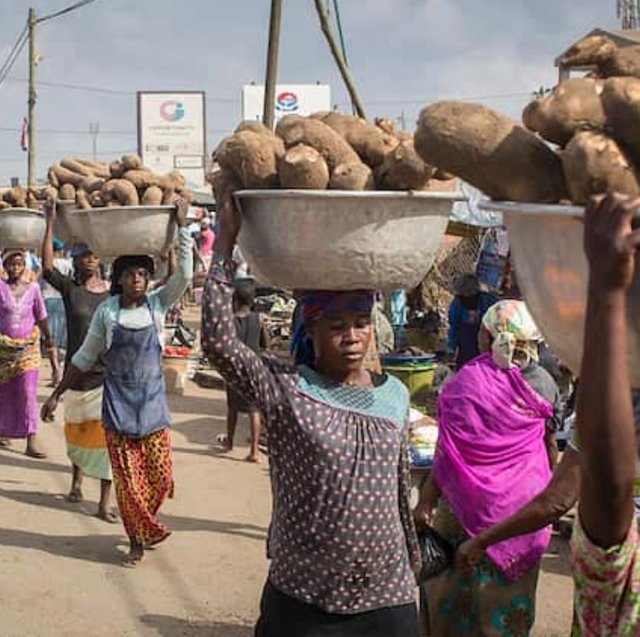
Many people in the tribe are farmers. Men do the work in the farms while women help during the harvesting period. Their main crops grown are millet, sorghum, yams, maize, and peanuts. The tribe also keeps sheep, cattle, guinea fowls, chicken, and goats while others take part in fishing and hunting. Their food is made of the things they rear or plant.
LANGUAGE
Mole Dagbon speaks the Gur language of Ghana, which is also known as Dagbani, Dagbanle, or Dagbanli. It is widely spoken in northern Ghana especially among the leadership of the king of Dagbon. Mole Dagbani languages are a compulsory subject in both primary and junior schools in Dagbon kingdom.
MUSIC AND DANCE
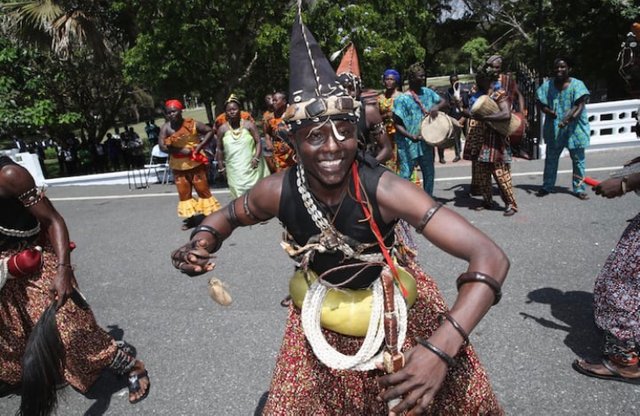
Mole Dagbani dance and music is one of the cores of its people. It is through the art of dancing and music that they get to preserve their history over generations. They consider dancing as a form of expressing their emotions. The Dagbani people also use it for social interactions and physical exercise.
Through dance, people can illustrate and articulate a story or idea. The Dagbamba people have also embraced and incorporated a modern form of music and dance into their traditional one. At the local level, Dagbani music is heard in non-traditional music genres such as hip hop, reggae, Islamic music, or hip life.
MOLE DAGBANI FESTIVALS
Two of the most important festivals are Bugum (fire festival) and Damba. Damba festival is celebrated by the chiefs and the people. The celebration takes place during the third month of the Islamic calendar.
FIRE FESTIVAL
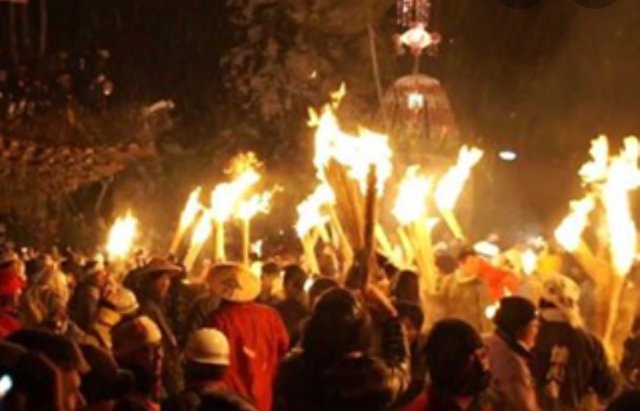
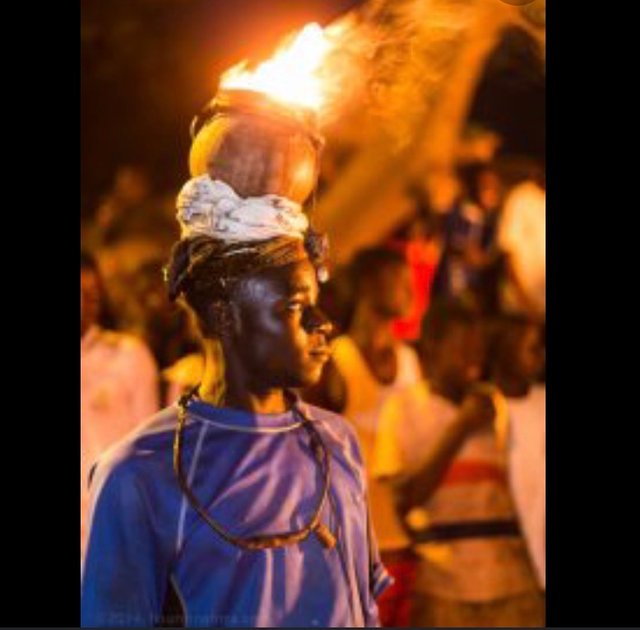
DAMBA FESTIVAL
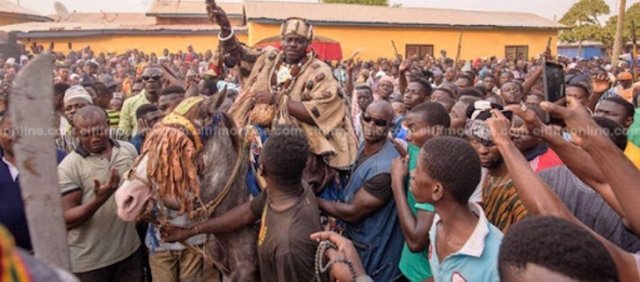
OBJECTIVES FOR PRACTICING CULTURE IN GHANA
culture provides important social and economic benefits. With improved learning and health, increased tolerance, and opportunities to come together with others, culture enhances our quality of life and increases overall well-being for both individuals and communities.
Cc:@silencewan
Thank you all for your time .
“This post has been rewarded by @oppongk from @steemcurator04 Account with support from the Steem Community Curation Project."
Keep posting good content and follow @steemitblog for more updates!
I really appreciate, and appreciate your encouragement and willing to do more for your favor. Thank you 🙏🏽
Good write up. I love the Idea you really put into your writing.
Great piece. Thanks for sharing
Am happy for your comments on my post senior silencewan. ❤️